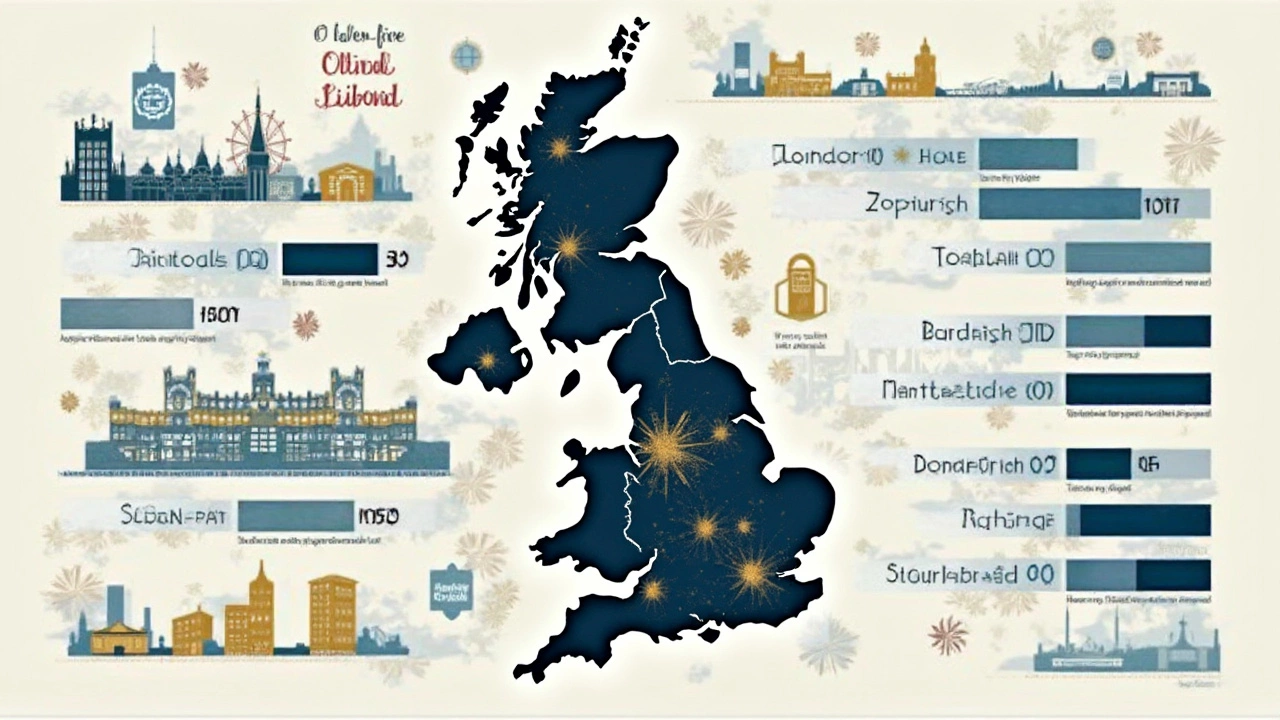Treasury Leaders Hub - Page 3

Ever wondered if you get a refund for homeowners insurance when you cancel it? This article breaks down what really happens when you end your policy, how refunds are calculated, and common mistakes to avoid. Plus, you’ll learn how to make sure you actually get the money you’re owed, and why the timing of your cancellation matters. Get ready to be in the know before you call your insurance company.
Read More
Remortgaging can look like an easy way to save money or free up cash, but it’s not always as simple as it seems. This article breaks down the main risks you might face when remortgaging, from hidden costs to changes in interest rates. You’ll find tips on what to look out for, how to spot common traps, and what steps to take before making a decision. Whether you’re thinking about remortgaging soon or further down the road, you’ll get straightforward, real-world advice. Don’t jump in blind—know what you’re up against.
Read More
Wondering which stock is actually safe for your money right now? This article digs through the latest facts, myth-busting stories, and clear advice to help you make smart, stable choices with your investments. We focus on what 'safety' in stocks really means today and which companies still lead the pack when things look uncertain. Along the way, you'll get pro tips for spotting a truly solid pick. Forget hype and shortcuts—let’s talk about protecting what matters: your money.
Read More
ISA accounts sound perfect with their tax-free perks, but there are several drawbacks people overlook. This article unpacks the main disadvantages of ISAs, from strict contribution limits to confusing rules and penalties. It also touches on the practical frustrations savers face, like switching providers or getting access to funds. Expect honest details, simple language, and helpful tips for everyday savers.
Read More
Wondering if you need to make monthly payments with equity release? This article breaks down how different equity release plans work, whether monthly payments are required, and what it means for your finances. Learn the real differences between lifetime mortgages and home reversion plans. You'll also get practical tips, potential pitfalls to watch for, and smart questions to ask providers before making a decision.
Read More
Thinking about switching your homeowners insurance? It's more common and less risky than you might guess. This article breaks down when and why it's a smart move, how to switch without gaps, and what to double-check before making the change. You'll also get tips on spotting red flags in your current policy. Find out how to make sure your home stays protected while you save money and avoid surprises.
Read More
Everyone loves the idea of having more money left at the end of the month, but it never seems to work out that way. This article explains the #1 rule of budgeting and why it matters more than every budgeting app or spreadsheet out there. You’ll get straight, practical tips to fit the rule into your daily life without making budgeting feel like a chore. Find out how to flip your mindset and make your money finally start working for you. Whether you’re just starting out or tired of budget fails, this guide can help you actually stick to a plan.
Read More
Ever wondered what actually counts as an upper class income these days? This article breaks down the numbers in simple terms, comparing different cities and explaining why that line is different everywhere. You’ll get hard facts, real-life examples, and tips on why the upper class label isn’t just about your paycheck. Plus, we cover how knowing this number can help you set smarter financial goals.
Read More
This article breaks down what a good investment portfolio looks like for a 70-year-old right now. It covers how much risk is safe, which types of investments actually make sense at this stage, and traps to avoid. You'll get real-life tips you can relate to, plus answers to common questions about money in your seventies. The advice is practical and easy to follow, tailored for people who are managing retirement money today.
Read More
Curious if equity release comes with monthly interest payments? This article breaks down how interest actually works with popular equity release plans. Learn the difference between standard and interest-only schemes, and how compounding can affect what you owe. Find real-life tips for managing costs and picking the right plan if you’re thinking about unlocking cash from your home. By the end, you’ll know exactly what to expect before signing on the dotted line.
Read More
Are you weighing up equity release and wondering if it costs money? This article breaks down the typical fees involved, from advice and valuation to legal costs. Find out what each cost actually covers and how much you might expect to pay. Get smart about where you can save and what to watch out for before signing anything. We’ll make sure you understand exactly how much cash goes out before you get any money in.
Read More
Trying to figure out which bank truly has the best savings account for 2025? This article cuts through the confusion with current facts, highlighting the banks offering the highest rates and the lowest fees. Whether you’re saving for a new car, an emergency fund, or your kid’s next big hobby, you’ll find practical info and tips to actually boost your balance. We’ll also look at online vs. traditional banks, smart banking features, and what to watch out for with the fine print. Read on if you want your savings to actually grow—without surprise headaches.
Read More